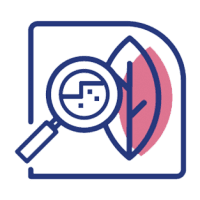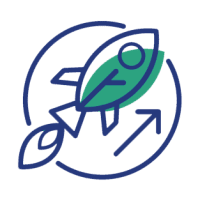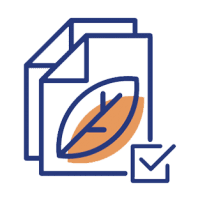BIOCIRCULARCITIES unfolded on two interrelated levels: the local levels of three pilot territories and the European (or international) level where the results of the project could be replicated.

Analysing the bioeconomy situation in pilot territories
Biocircularcities studied the situation in the pilot territories to understand to which extend biowaste is underexploited and could be brought better in line with the principles of the circular economy. Partners selected relevant sectors producing and managing biowaste and mapped relevant stakeholders involved in biowaste management chains.
Following this, they identified potential improvements of biowaste chains.

Boosting circular bioeconomy in pilot territories
After a first situational analysis, partners identified and analysed circular bioeconomy best practices that could be successfully implemented in the pilot areas, mapping opportunities and obstacles to the introduction of such processes.

Facilitating the replication in other EU countries
To help transfer the learning from the three pilot areas to other European territories and support the implementation of a circular bioeconomy, the project partners worked on a matrix/decision tree and guidelines which are at the basis of a web-based tool designed to assist both policy makers and industry in designing biowaste management strategies. Partners also presented the fruit of their work at different events.